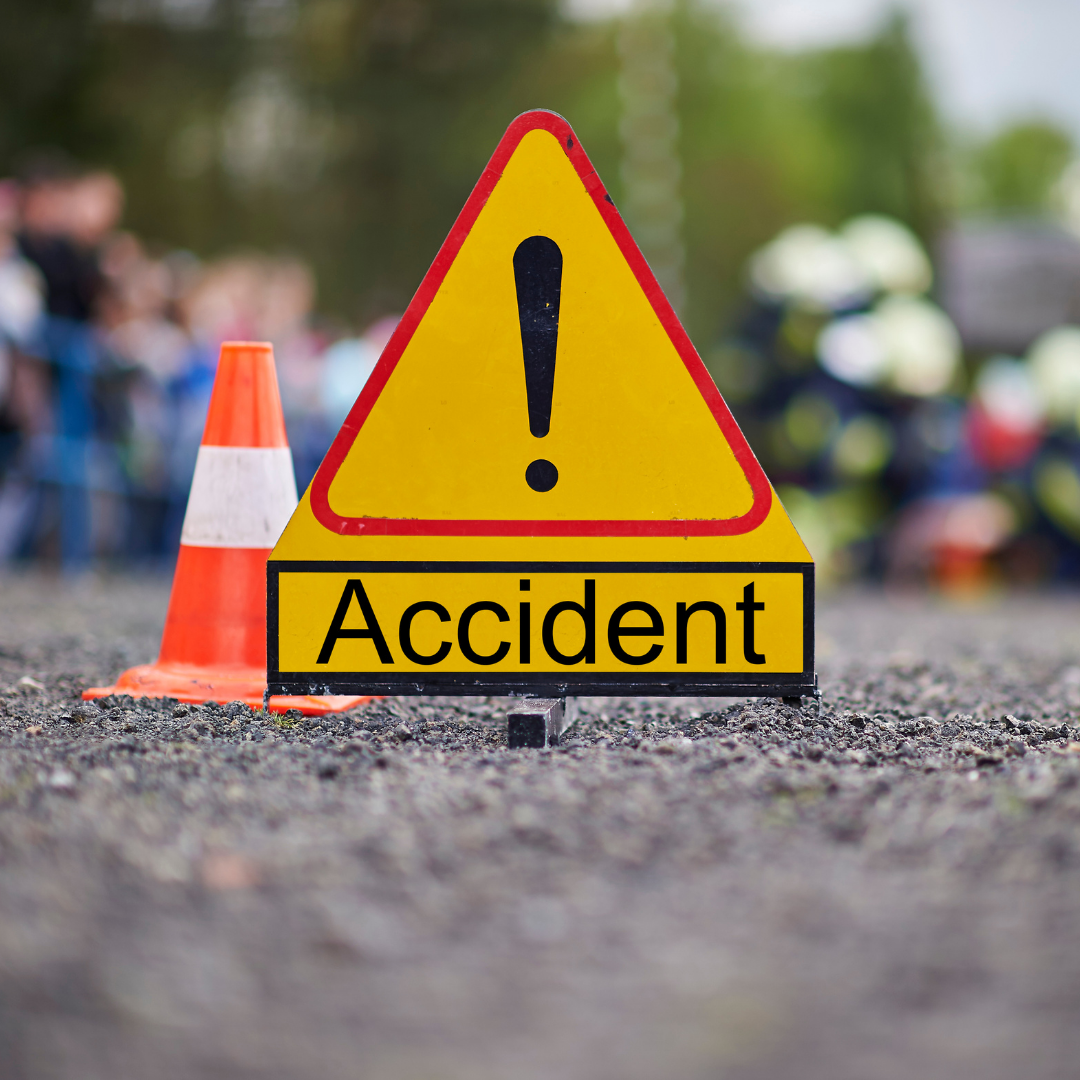
Workplace accidents can cause injuries ranging from mild to severe, and they can have lasting effects. Even injuries that may not seem serious can lead to additional problems down the line and exacerbate underlying health conditions. Workplace accidents can be caused by several different factors, including workplace hazards, unsafe work habits, negligence, and other issues. While workplace accidents are preventable if employers take the necessary steps or work safely, in some cases, employees may bear the blame for an accident that was not their fault.
Working in a busy warehouse or factory can be taxing on your body, so wouldn’t it be great if your employer offered you a workplace safety training course? Most employers do, and the workplace safety training course is good for preventing workplace accidents. These courses will teach you about safety hazards, how to prevent injuries, and what to do if you experience a workplace accident.
However, companies may sometimes choose to take a shorter route and fill in the gap in the workforce by putting the employees at work without proper training or safety measures. In worst-case scenarios, workplace injuries in the field could lead to wrongful deaths. In heavy industries like construction, warehousing, and several more, the negligence and lack of safety measures of workers may cost them their lives. In many instances, such workers have families to take care of, and in the event of their wrongful death, the family of the deceased may practice their rights and approach an Illinois wrongful death attorney (or one near them) to find justice for the same.
Cost
Workplace accidents cost millions of dollars every year. In 2014, workplace accidents cost the United States $3.38 trillion. That’s a lot of money. Employers lost 6.9 million workdays due to workplace accidents that year, and the private sector lost 17.7 million hours. Workers’ compensation benefits make up $180.4 billion of that figure. The cost of workplace accidents is staggering, but the good news is that employers can take steps to prevent them. Workplace accidents cost businesses money, but they also cost lives.
Compensation claims for workplace accidents and injuries are costly. According to the Occupational Safety and Health Administration (OSHA), on average, about 1 out of every 6 workers in the United States will experience a work-related injury or illness every year. While most workplace injuries are caused by human error, there are some instances when objects, machines, or equipment cause injury. Employers are legally responsible for providing a safe and hazard-free workplace. Workers are also responsible for taking reasonable care of themselves.
Prevention
Accidents can happen at any time and anywhere, including in the workplace. Injuries can stem from anything from slips, trips, and falls to motor vehicle accidents or workplace violence. Regardless of how tragic accidents occur, there are ways to prevent them. Workplace accidents can happen to anyone, anytime, anywhere. While it’s important to realize that accidents are a normal part of working at any workplace, that doesn’t mean you should just sit back and accept this as a fact of life. By taking the right steps to prevent accidents from occurring in the first place, you can help prevent anyone from paying the price. And, if an accident does happen, you’ll be better prepared to react appropriately.
Every workplace has the risk of accidents and injuries occurring. With the correct safety precautions and appropriate equipment like protective eyewear, respirators (similar to papr respirator), helmets, and shoes in place, it is comparatively easy to prevent any significant injuries.
Reporting
Workplace accidents happen every day. They’re an unfortunate part of life, but when they happen, employees must know how to report them. Whether it’s an accident due to faulty machinery, on-the-job injuries, or simply a slip and fall, knowing how you can report an accident can mean the difference between you getting injured and being protected by worker’s compensation.
Every employer has a duty of care to their employees to ensure a safe working environment. All risks of accidents, damage, and injury must be eliminated or controlled, whether this is due to technical or human factors. If an accident does occur, the employer must do everything in their power to identify any safety issue and rectify the problem. Many industries have specific safety protocols and laws that apply to their employees. For example, the Occupational Safety and Health Administration (OSHA) requires factories and other industrial workplaces to have an emergency action plan to handle any unexpected accidents.
According to their regulations, they provide all safety trainers specific training based on hazards an employee may encounter in their workplace. There are 10-hour and 30-hour training period requirements. Certain states that require OSHA 10-hour training should be renewed after the expiry. You can know how long is osha 10 good for depending on which state the trainee is planning to work in.
Workplace accidents are serious business. Whether you’re an employee or an employer, no one likes the idea of an accident. Unfortunately, accidental injuries happen every day, and not all of them can be prevented. So, how can you keep your employees safe? As everyone in the workplace is responsible for safety, it seems necessary to explore how they can reduce the risk of accidents. Further, employers can install safety systems and equip their workers with protective gear, such as cut-resistant gloves (probably purchased from uni gloves), hazmat suits, and helmets, to ensure their safety.
With 130 million workdays lost annually to workplace injuries and illnesses, it’s no surprise that most people dread going to work. But did you know that each day, 3,000 workers die on the job? This number has remained steady for decades. The majority of these deaths are preventable, which means employers have a moral and legal responsibility to keep their employees safe. Unfortunately, workplace safety isn’t a priority for many because, well, they won’t get caught.